Words from the Winning Photographers of the 2022 Maryland Natural Resource Photo Contest
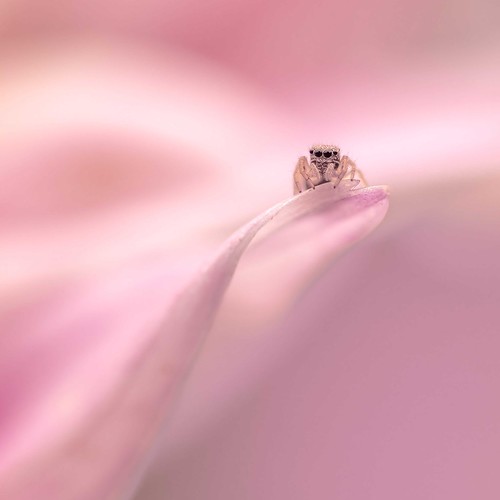 We are so pleased to present to you the 2022 winning entries of the Maryland Natural Resource Photo Contest, with some words from the photographers who captured these images. This year’s contest received nearly 2,500 photos submitted by 500 photographers. The contest is judged by a team of department experts in both visual arts and natural sciences, based on technical skill, aesthetic merit, and representation of the natural world. Three winning works are chosen for each season. From among the seasonal winners, one photo is selected as the Grand Prize winner.
We are so pleased to present to you the 2022 winning entries of the Maryland Natural Resource Photo Contest, with some words from the photographers who captured these images. This year’s contest received nearly 2,500 photos submitted by 500 photographers. The contest is judged by a team of department experts in both visual arts and natural sciences, based on technical skill, aesthetic merit, and representation of the natural world. Three winning works are chosen for each season. From among the seasonal winners, one photo is selected as the Grand Prize winner.
Like what you see? The Maryland Natural Resource 2023 wall calendar is now available for purchase!
First Place Summer and Grand Prize Winner
Jumping Spider by David Terao – Agricultural History Farm Park, Derwood
“I was shooting abstract, macro/close-ups of dahlia petals when this little black bug came out from inside the dahlia and stood on the tip of a dahlia petal. It was as if it were watching me. I was hand-holding the camera and manual-focus macro lens and managed to get off a few shots while slowly moving back and forth hoping to get the black bug in focus…When I got home and downloaded the images, I discovered the bug was a small jumping spider. And, I only had this one image where the jumping spider was in focus!”
– David Terao
 Second Place Summer
Second Place Summer
Smith Island Crabbing at Sunrise by Cathy Czajkowski – Smith Island
Cathy captured this photo while participating in Jay Fleming’s Smith Island photography workshop.
“I used a Nikon Z7ii mirrorless camera with a 24-200mm lens for this image. What affected me the most was meeting many life-long residents and hearing about their lives. They are so willing to share their memories of times gone by. I can honestly say the time we spent there touched me deeply.
“Just a few weeks later, the island was struck by a tornado which caused a lot of damage to structures and boats. In fact, the bed and breakfast where we stayed had its roof and top floor blown off. The islanders were grateful that no one died, and they said they would just pick up the pieces and move on.“
– Cathy Czajkowski
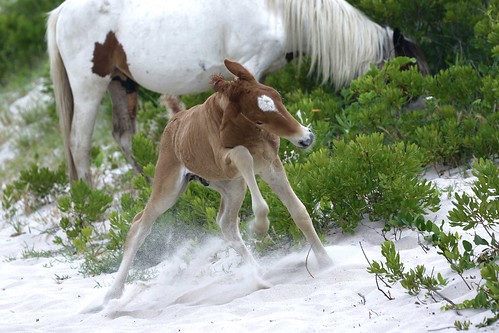 Third Place Summer
Third Place Summer
The Newest Colt by James Rode – Assateague Island
“One early summer day, I was able to see this young fella feeding with his mom. There were only a couple of seconds that he broke into a small ‘buck’ on the dunes of Assateague Island.
“Fortunately, I had my camera in hand and captured these movements as he kicked up sand and seemed to say, ‘I’m a handful!’ Always exciting witness a young one’s zest for life!”
– James Rode
 First Place Fall
First Place Fall
Autumn Screech by Scott Suriano – Oregon Ridge Park
“In late November I went to a local park in northern Baltimore County to photograph an eastern screech owl that had taken up residence in a small tree cavity. In order to get any usable shots from this far distance, I had added a 2x teleconverter to my 500mm prime lens. While taking several shots of this perched owl, I was totally surprised as it abruptly sprung from its nest and flew directly towards me, landing only 20 feet from where I was standing. Knowing that this rare opportunity would not last long, I quickly adjusted my camera settings and took as many of these frame-filling shots of this fierce little raptor as I could, before it flew off to begin its evening of hunting.”
– Scott Suriano
 Second Place Fall
Second Place Fall
Misty Fall Sunrise by John Ruffa – Rocky Gorge Reservoir
“This photo was taken at Rocky Gorge Reservoir at Scott’s Cove. My wife and I love walking there, especially in the morning. It was a beautiful fall morning, and the conditions were perfect to allow a light mist on the water during the crisp fall morning, making for a great photo opportunity.”
– John Ruffa
Third Place Fall
Kayaking the Sinepuxent Bay by Ann Rogers – Assateague Island
“My photo is special to me because it combines three of my favorite things: kayaking, sunsets, and Assateague Island. My husband, my friends, and I especially love sunset paddles. This was one of the most beautiful sunsets I’d ever seen.”
– Ann Rogers
First Place Winter
Seal at Sunset by April Price – Assateague Island
Second Place Winter
Snowy Trail by Jennifer McCord – Stevensville
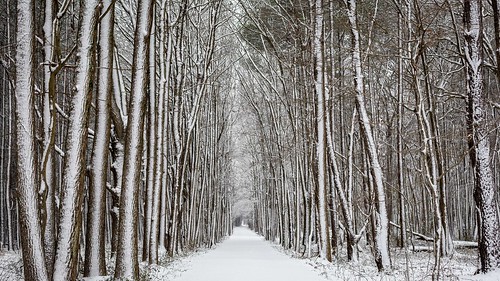 “Snow is so magical in the way that it brings peace and unity to everything it touches. Last January, on my drive around Kent Island, I spotted this driveway that seemed to be endless. I loved the contrast of the snow on the dark trees. Everything was so pristine.”
“Snow is so magical in the way that it brings peace and unity to everything it touches. Last January, on my drive around Kent Island, I spotted this driveway that seemed to be endless. I loved the contrast of the snow on the dark trees. Everything was so pristine.”
– Jennifer McCord
 Third Place Winter
Third Place Winter
Do Not Mess with the Peregrine Falcon by Maynard Knapp – Conowingo Dam
“We were at Conowingo Dam for our first time and really enjoyed seeing so many eagles.
“The second day we were there we noticed a peregrine falcon chasing and hitting a hawk near the dam. Later, I was taking some photos with my Sony A1 and Sony 200-600G lens when my wife saw the falcon chasing a bald eagle…I started taking shots and, even though I was using slow speed multi-shot mode, I got several great photos of the falcon closing in on the eagle, going up to its back, grabbing the eagle’s feathers and pulling many of them out. Some later shots show the feathers in the air, with the eagle looking angrily at the falcon.”
– Maynard Knapp
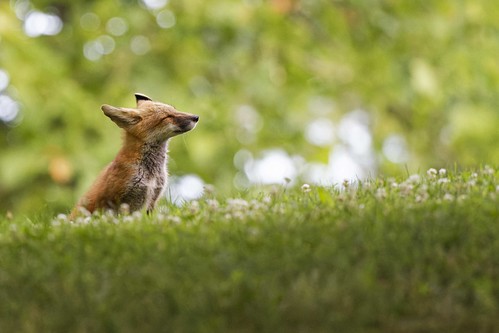 First Place Spring
First Place Spring
Fresh Air by Andrea Conte – Bethesda
“The NIH campus in Bethesda has always offered a fair amount of bird- and wildlife-watching opportunities, but ever since most people started to work remotely because of the COVID pandemic, I started to see many more animals on my way to and from work.
“The kit shown in this image was waiting for its mom to come back with a starling or a squirrel, two of the typical preys that I have seen them eating. To get eye level with the subject and to avoid disturbing it, I lay down behind a slope. When the kit scratched its head and the vigorously shook it, I fired off a bunch of frames. A fast shutter speed allowed me to freeze its movements and to obtain a few “funny” poses, like this one which seems to indicate that it is relaxing and enjoying the fresh air of a late spring afternoon. The combination of low angle, a long telephoto lens and a low f-stop resulted in good subject isolation with out-of-focus foreground and background elements that confer a dreamy look to image, even if it was not shot in a remote forest, but just in the woods of the NIH campus.”
– Andrea Conte
 Second Place Spring
Second Place Spring
King Rail with Oyster Toadfish by Joshua Galicki – Fishing Bay Wildlife Management Area
“The king rail is a species in significant decline due to the degradation and loss of their preferred wetland habitat. They are also very secretive. I was very fortunate to get a glimpse of a king rail pair vocalizing and foraging along a shallow pool of open water near the edge of an extensive marsh. I had to set up on the ground under a throw blind to obtain a more intimate eye level view and not to disturb them in order to ensure I captured their natural behavior. I was ecstatic when I saw this moment since it was the first time I’ve ever witnessed this type of behavior.”
– Joshua Galicki
 Third Place Spring
Third Place Spring
King of the Vernal Pool by Geoffrey Baker – Historic Oella Millrace
“Each spring I look forward to my true marker of the change of seasons. When the sun comes out, and temperature hits about 60 degrees for a few consecutive days, I listen for the song of spring, the frogs. Along the historic Oella millrace (once the country’s longest at 1.75 miles) there are several vernal pools that every year host frogs.
“For this image, I choose to backlight the frog with the sun. I laid flat in the mud alongside the pool for the eye level angle, and shot at a wide aperture to isolate the frog.”
– Geoffrey Baker
dnr.maryland.gov/Pages/photocontest.aspx
Article appears in Vol. 26, No. 1 of the Maryland Natural Resource magazine.

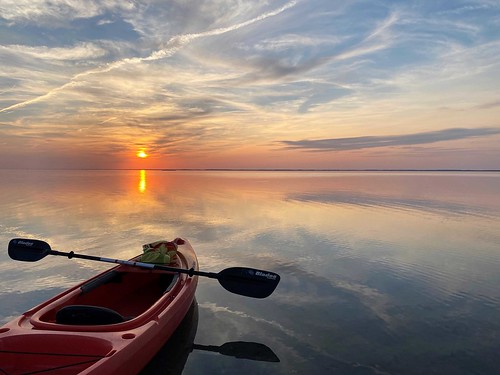
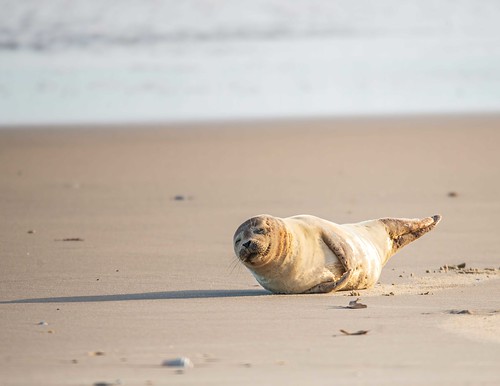
 1-888-373-7888
1-888-373-7888 233733
233733